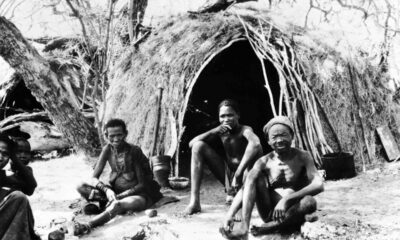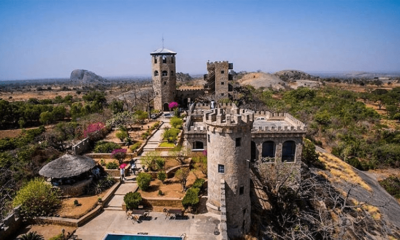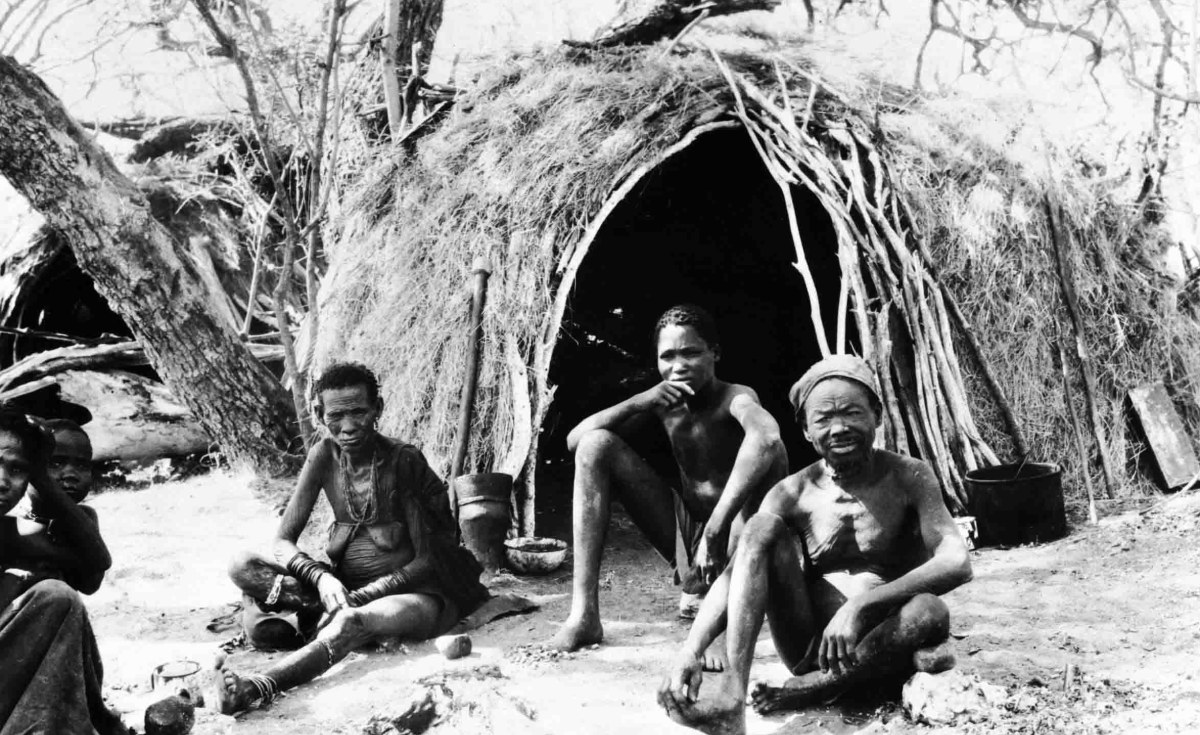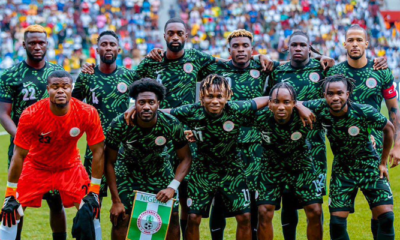The term “boycott” is now widely used to describe organized acts of protest where people refuse to engage with a company, product, or country as a form of pressure. While it’s globally accepted today, the word’s origin is surprisingly interesting. It traces back to a British land agent named Captain Charles Boycott.
Who was Captain Charles Boycott?
Captain Charles Boycott, a British land agent working for Lord Erne, a wealthy landowner in Ireland, played a key role in this term’s origin.
In the late 1800s, Ireland was under British rule, and tensions between British landlords and Irish tenant farmers were high.
Many tenant farmers faced unfair practices, including high rents and frequent evictions, especially during economic hardship or crop failures.
In 1880, a year marked by poor harvests, tenant farmers struggled to pay their rent and had no option but to request rent reductions. They hoped their landlords would understand their difficult situation and offer some relief. However, things didn’t go as they had anticipated.
The Conflict with Captain Boycott
In September 1880, tenants on one of Lord Erne’s estates approached Captain Boycott. They asked for reduced rents to help them survive the economic downturn.
To their disappointment, Boycott refused to grant their request and proceeded to evict tenants who couldn’t pay. This response seemed especially harsh, considering the widespread poverty at the time. Consequently, the community decided it was time to take a stand.
Irish politician Charles Stewart Parnell proposed a unique form of resistance at this critical moment. Rather than resorting to violence, he suggested a strategy of social ostracism as a way to protest.
Inspired by his advice, tenants and the entire community began to ignore Captain Boycott entirely. Workers on the estate refused to labour in the fields, local shops stopped serving him, and even the local postman refused to deliver his mail.
The Spread of the ‘Boycott’
The community’s collective action against Boycott escalated quickly, leaving him unable to find anyone willing to harvest the crops on Lord Erne’s estate.
Desperate to salvage the situation, Boycott hired workers from other parts of Ireland, but they required military protection due to hostility from the locals.
This effort became so costly that it far exceeded the value of the crops, highlighting the effectiveness of the community’s stand against unfair treatment.
The unprecedented event attracted significant media coverage. Soon, newspapers across Britain and Ireland began using the term “boycott”. They use it to describe the community’s collective refusal to interact with Boycott.
As news spread, “boycott” rapidly entered the English language as a term for nonviolent resistance through social or economic exclusion.
This form of protest, now known as ‘boycotting’, gained traction far beyond Ireland. It became a powerful tool for people worldwide to stand against injustice.
Captain Charles Boycott died long ago, but people still use his name when they use the term ‘boycott’. It symbolises the power of organized social resistance.
For more articles, check here.
































































You must be logged in to post a comment Login